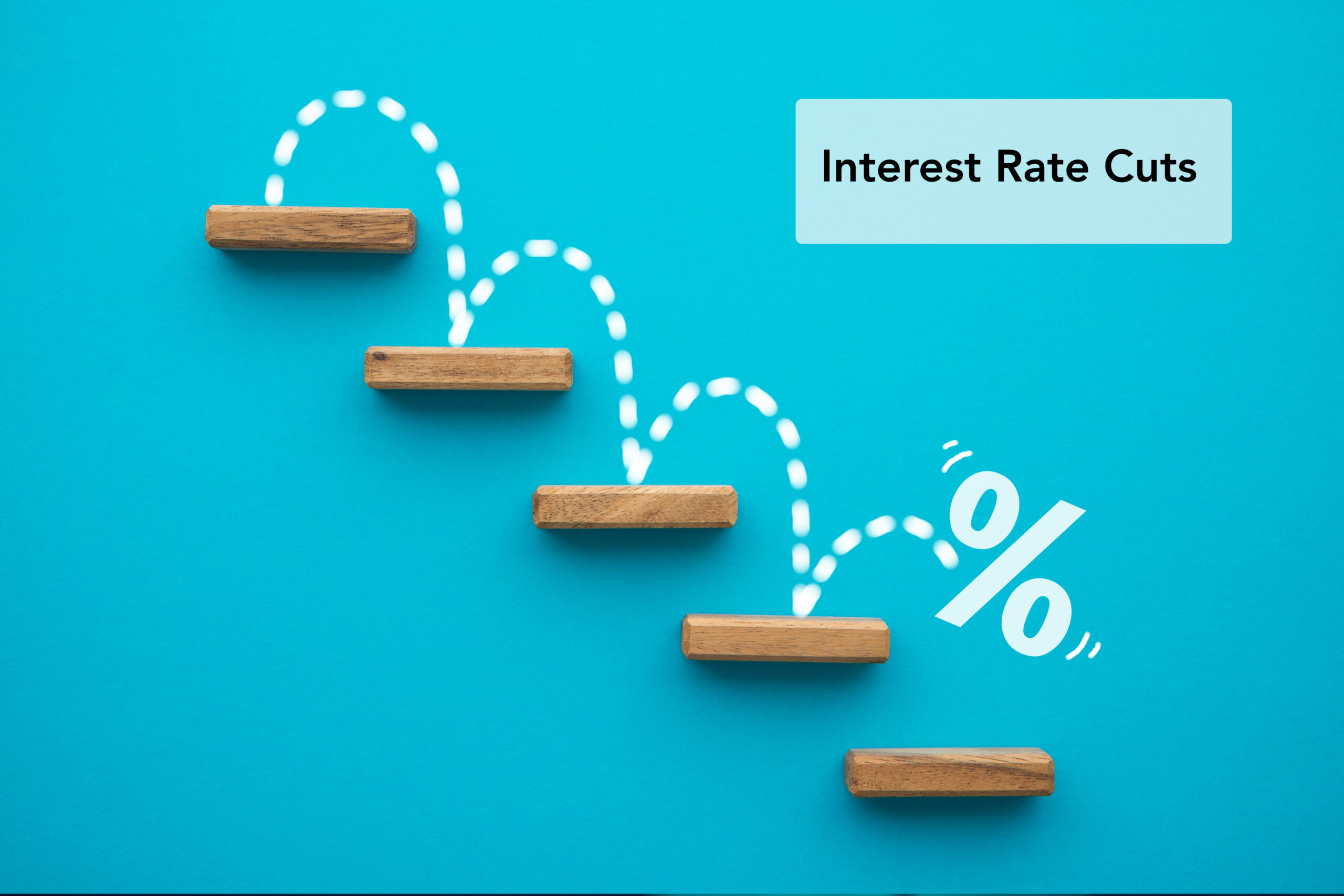“Interest rates are expected to fall by 0.50% in the second half of 2024.” For many Canadian homeowners, this news is more than a financial headline—it’s an opportunity. With personal debt levels rising and home equity becoming an increasingly vital resource, the anticipated rate cuts could significantly affect how homeowners leverage their equity through home equity loans and HELOCs (Home Equity Lines of Credit).
But what does this actually mean for you? How do rate cuts translate into tangible savings or opportunities when tapping into your home’s value? Whether you’re considering debt consolidation, renovations, or a financial safety net, understanding how interest rate cuts impact home equity loans is essential.
What’s Behind the Expected Rate Cuts?
The Bank of Canada is projected to reduce interest rates in the latter half of 2024. After several aggressive rate hikes in recent years to curb inflation, the central bank now seems poised to lower rates as economic conditions stabilize. According to financial experts, the cuts could range between 0.50% and 1.00%, easing the financial burden on Canadian households with variable-rate mortgages, loans, and credit.
For homeowners with existing home equity loans or those planning to take one out, lower rates could mean more affordable borrowing. This shift may allow you to access the funds you need at a lower cost, unlocking opportunities to consolidate debt or invest in your home.
The Impact of Lower Rates on Home Equity Loans
A home equity loan allows you to borrow against the equity you’ve built up in your home, typically with a fixed interest rate and repayment schedule. Here’s where the expected rate cuts come into play: if interest rates drop, new home equity loans will likely come with lower interest rates, reducing the cost of borrowing.
Imagine this: You take out a home equity loan at a current rate of 6%. After the projected cuts, that rate could drop to 5% or even lower. While a 1% difference may seem small, it can lead to substantial savings over the life of the loan—particularly for larger sums.
Real-Life Example: Let’s say you borrow $100,000 through a home equity loan. A 1% reduction in interest saves you $1,000 annually in interest payments. Over a 10-year term, that’s $10,000 in savings!
These savings can make a home equity loan an even more attractive option for those looking to consolidate high-interest debt or make long-term investments, like home renovations.
HELOCs: A Flexible Option Benefiting from Rate Cuts
Home Equity Lines of Credit (HELOCs) operate differently from traditional home equity loans. Instead of borrowing a lump sum, a HELOC allows you to borrow as needed, up to a certain limit, and only pay interest on the amount used. The catch? HELOCs usually have variable interest rates tied to the prime rate, meaning they fluctuate with market conditions.
When interest rates fall, HELOC borrowers feel the impact almost immediately. Lower rates mean reduced monthly payments for the same balance, which can be a game-changer if you’re managing multiple debts or financial obligations.
Case Study: The Jackson Family
The Jacksons, a family from Ontario, had a $50,000 balance on their HELOC at an interest rate of 6%. Their monthly interest-only payments were $250. After the expected rate cut, their interest rate dropped to 5%, reducing their monthly payment to $208. That $42 monthly savings doesn’t sound like much at first glance, but over time, it allowed the Jacksons to put more toward paying down the principal, accelerating their debt repayment plan.
How Homeowners with Bad Credit Benefit from Rate Cuts
For homeowners with bad credit, the news of rate cuts is especially significant. If you’ve struggled with credit challenges and were discouraged from borrowing due to high interest rates, a decrease in rates might open doors that were previously closed. Lower interest rates mean lower monthly payments, making home equity loans and HELOCs more accessible, even for those with less-than-perfect credit.
Moreover, as rates drop, alternative lenders may become more competitive, offering more favorable terms for home equity products. This can be particularly helpful for homeowners who don’t qualify for traditional financing options due to credit history.
Internal Link: Find out how HomeEquityLoans.ca can help homeowners with bad credit access home equity with flexible mortgage options.
Opportunities for Debt Consolidation
If you’re carrying high-interest debt—credit cards, personal loans, or lines of credit—a rate cut makes consolidating debt with a home equity loan or HELOC even more attractive. These types of loans typically come with lower interest rates than credit cards, which means you can use the equity in your home to pay off high-interest debt, saving money on interest and simplifying your payments.
The Math Behind Debt Consolidation:
- Credit Card Debt: Suppose you have $30,000 in credit card debt with an average interest rate of 20%. At that rate, you’re paying $6,000 annually in interest alone.
- Home Equity Loan: Now, imagine consolidating that debt with a home equity loan at 5% (post-rate-cut). Your annual interest payments drop to $1,500, saving you $4,500 per year.
That’s real money back in your pocket. With a rate cut, homeowners in this position can accelerate their debt repayment plans while benefiting from lower interest rates.
Learn more about debt consolidation options and how a home equity loan can help you save on interest.
Should You Wait for the Rate Cut to Borrow?
This is a question many homeowners are asking. With rate cuts looming, it’s tempting to hold off on applying for a home equity loan or HELOC. But waiting isn’t always the best strategy. Here’s why:
- Current Needs May Outweigh Savings: If you need funds immediately—whether for an emergency, a time-sensitive investment, or a pressing renovation—waiting for rates to drop could delay your plans unnecessarily. While a lower rate is appealing, the cost of waiting may be higher than the potential savings.
- Rate Cuts Are Not Guaranteed: While economists are forecasting a reduction, there’s no absolute certainty. Economic factors could shift, and the Bank of Canada may delay or reduce the scale of the cuts. Acting now ensures you lock in a rate and access the funds when you need them.
- Flexibility with HELOCs: With a HELOC, you can borrow the amount you need, when you need it. If rates fall after you’ve opened the line of credit, your interest rate will adjust downward automatically. This allows you to benefit from future rate cuts while still having immediate access to your home equity.
How to Prepare for the Expected Rate Cuts
If you’re thinking about taking out a home equity loan or HELOC, now is the time to prepare:
- Evaluate Your Financial Needs: Determine how much equity you want to access and what you’ll use it for. Whether it’s debt consolidation, a renovation, or a financial safety net, be clear about your goals.
- Check Your Credit: Even with rate cuts, your credit score plays a key role in securing the best terms. If your credit needs work, focus on paying down debts or resolving any issues on your credit report.
- Talk to a Broker: A mortgage broker or financial advisor can help you understand how rate cuts will affect your borrowing options and guide you in finding the right lender for your needs.
Start planning your next steps by consulting with the experts at HomeEquityLoans.ca.
Final Thoughts: How Rate Cuts Can Empower Homeowners
Interest rate cuts represent more than just a number on a chart—they’re an opportunity for Canadian homeowners to access their home equity at a lower cost. Whether you’re consolidating debt, planning home improvements, or securing a financial buffer, a reduction in rates can make borrowing more affordable and give you the financial flexibility you need.




